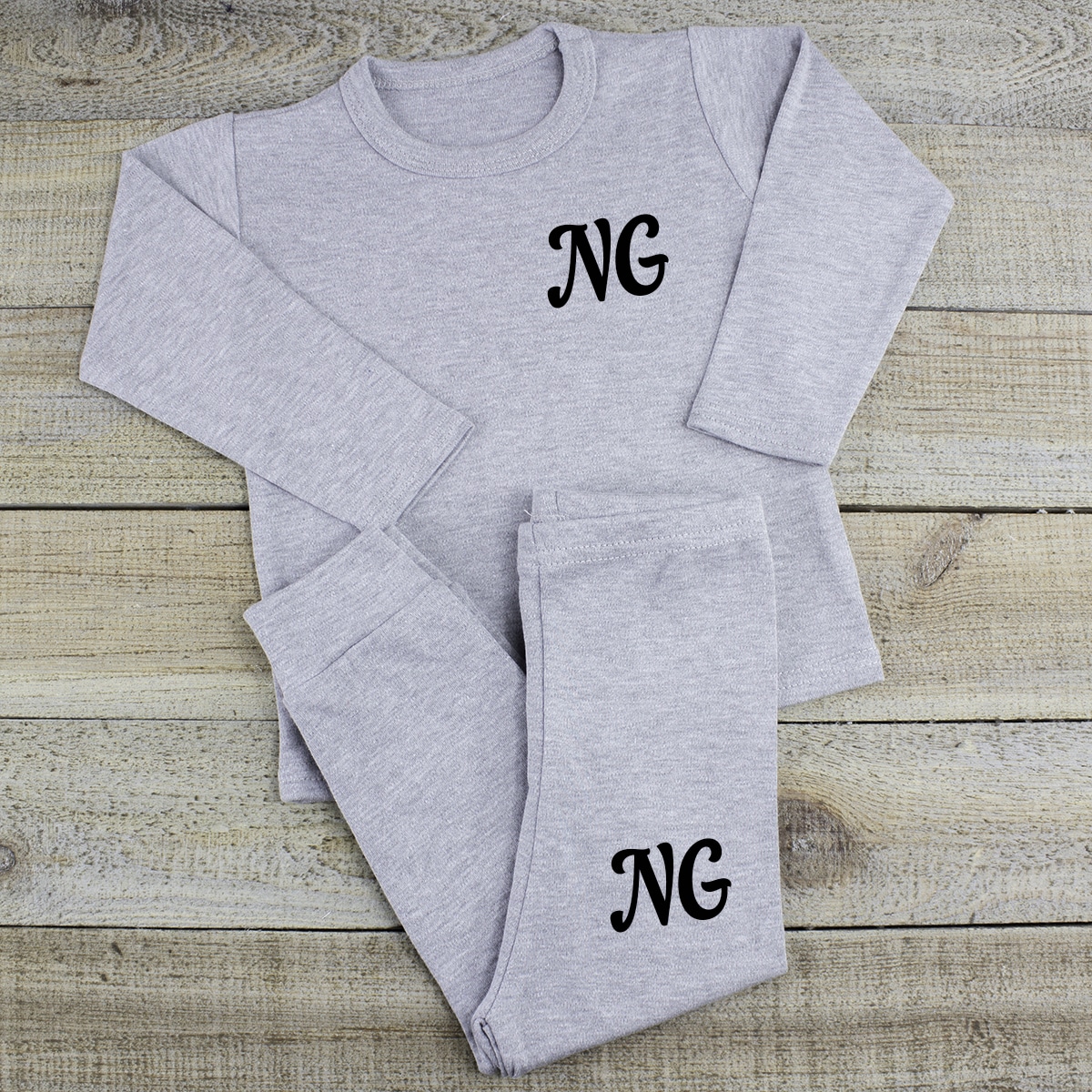Triple Your Outcomes At Personalised Gifts Uk In Half The Time
페이지 정보
작성자 Shari 댓글 0건 조회 41회 작성일 24-06-04 12:14본문
The Renaissance period saw a revival of classical garden design principles, inspired by the writings of Roman authors such as Vitruvius and Pliny. Italian Renaissance gardens, such as those at Villa d'Este and Villa Lante, featured formal layouts, axial symmetry, terraced levels, and elaborate water features. These gardens were designed to impress and delight visitors, showcasing the wealth and culture of their owners.
Furthermore, tropical houseplants can help to create a more comfortable indoor environment by increasing humidity levels. Many tropical plants release moisture into the air through a process called transpiration, which can help to prevent dry skin, sore throats, and other symptoms of low humidity.
 In addition to their air-purifying and mood-boosting benefits, houseplants can also enhance the aesthetic appeal of our homes. With a wide variety of shapes, sizes and colours to choose from, houseplants can be used to add a touch of greenery to any room, whether it be a small succulent on a windowsill or a large fiddle-leaf fig in a corner. Plants can also be used to create focal points and add interest to a space, transforming blank walls and empty corners into vibrant and inviting areas that reflect our individual style and personality.
In addition to their air-purifying and mood-boosting benefits, houseplants can also enhance the aesthetic appeal of our homes. With a wide variety of shapes, sizes and colours to choose from, houseplants can be used to add a touch of greenery to any room, whether it be a small succulent on a windowsill or a large fiddle-leaf fig in a corner. Plants can also be used to create focal points and add interest to a space, transforming blank walls and empty corners into vibrant and inviting areas that reflect our individual style and personality.
It's also important to consider the size of the plant and how much space you have available. Some tropical houseplants can grow very large over time, so make sure to choose a plant that will fit comfortably in your home.
In medieval Europe, garden design underwent a transformation with the influence of Christian monasticism and Islamic garden traditions. Monastic gardens were designed to provide sustenance, solace, and meditation for monks, with simple layouts and utilitarian plants. Islamic gardens, on the other hand, were designed as havens of tranquility and beauty, with lavish water features, lush vegetation, and ornate tile work.
In the 17th and 18th centuries, garden design in Britain underwent a series of transformations, influenced by the rise of the English landscape movement and the Enlightenment ideals of naturalism and rationality. Landscape gardens, such as those created by Capability Brown and Humphry Repton, sought to mimic the beauty and harmony of nature, with sweeping vistas, rolling lawns, clumps of trees, and serpentine lakes. These gardens were designed to evoke a sense of calm and serenity, in contrast to the formalism of earlier styles.
When it comes to choosing the right houseplants for your home, there are a few factors to consider. Firstly, think about the amount of natural light available in each room, as this will determine which plants will thrive in your space. Some plants, Personalised Gifts such as spider plants and peace lilies, prefer bright, indirect light, while others, like snake plants and ZZ plants, can tolerate lower light conditions. It's also important to consider the humidity levels in your home, as some plants, such as ferns and orchids, thrive in more humid environments.
4. Fertilizer: During the growing season, tropical houseplants benefit from regular feeding with a balanced fertilizer. Be sure to follow the instructions on the fertilizer packaging and avoid over-fertilizing, which can harm your plants.
3. Improved indoor air quality: Houseplants release oxygen and increase humidity levels in the air, which can improve overall indoor air quality. This is especially beneficial in homes with poor ventilation or in urban areas with high levels of air pollution.
5. Repotting: As your houseplants grow, they may outgrow their pots and need to be repotted. Look for signs like roots coming out of the drainage holes or the plant becoming root-bound. When repotting, choose a slightly larger pot with good drainage and fresh potting soil.
When selecting a tropical houseplant for your home, it's important to consider the specific conditions of your space. Different plants have different light, temperature, and humidity requirements, so it's essential to choose a plant that will thrive in your environment.
In the 20th century, garden design in Britain began to reflect a more eclectic and diverse range of influences. Modernist architects such as Le Corbusier and Frank Lloyd Wright began to play a role in garden design, with a focus on simplicity, functionality, and the integration of indoor and outdoor spaces.
Another factor to consider is the level of humidity in your home. Many houseplants, especially tropical varieties, thrive in humid environments. If your home tends to be on the dry side, you may want to consider investing in a humidifier or grouping your plants together to create a mini greenhouse effect.
6. Repotting: Over time, tropical houseplants may outgrow their pots and become root-bound. When this happens, it's important to repot your plants into a larger container with fresh, well-draining soil. Repotting can help to prevent root rot and give your plants room to grow.
With a little care and attention, you can watch your tropical houseplants flourish and thrive, bringing a touch of the tropics into your home all year round. So why not start building your indoor jungle today and enjoy the many rewards of tropical houseplant ownership?
- 이전글click the up coming webpage 24.06.04
- 다음글2024: eulexin 250 mg in vendita libero in Svizzera 24.06.04
댓글목록
등록된 댓글이 없습니다.